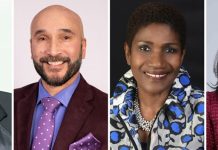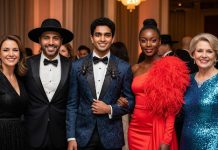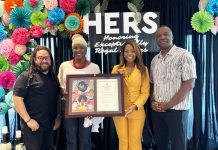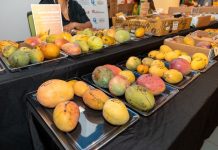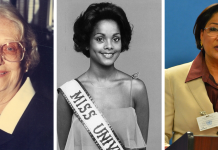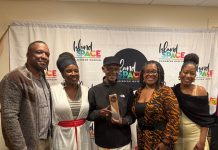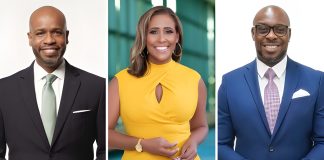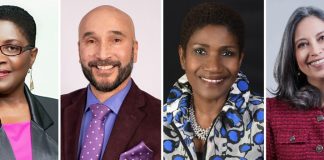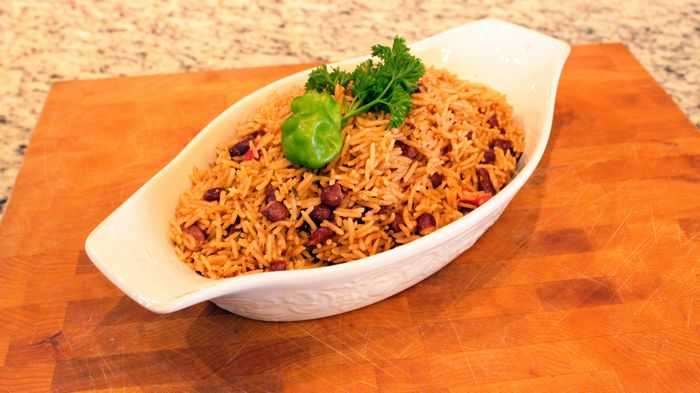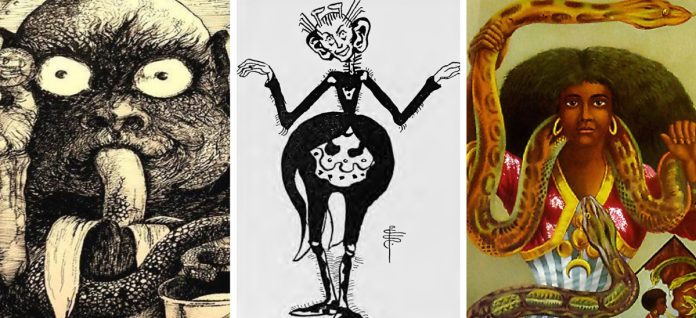
Every October, Caribbean Folklore Month honors the traditions, legends and myths that are a unique part of the Caribbean identity. Though the movement to celebrate folklore in October had been around for a while, it was officially established in 2021 by Caribbean Books Foundation. Since then, various Caribbean nations, communities, authors and poets at home and abroad have dedicated October to showcasing their take on classic folk stories, traditions and beliefs.
With influences from the international cultures that make up a melting pot, Caribbean folklore is a reflection of the region’s diverse heritage and continued cultural amalgamation. Here’s some of what you should know:
1. About Caribbean Folklore Month
Caribbean Folklore Month highlights the importance of preserving oral traditions and cultural narratives passed down through generations. Stories about characters like the trickster Anancy who is recognized in many Caribbean countries, mischievous Bacoo primarily found in the Dominican Republic or the daunting Heartman of Barbados entertain while also serving as tools for education, social unity and cultural preservation.
2. Cultural Melting Pot of Folklore
Caribbean folklore is a unique blend of influences. West African stories and deities brought over by enslaved peoples, merged with Indigenous Caribbean tales and European colonial myths to create a folklore that is unlike any other. Post-colonial migrations from India and China further enriched these narratives, adding layers of complexity to Caribbean storytelling traditions. After being passed down for generations, with each country adding in their own twists and turns, Caribbean folklore has an even more complex web of narratives.
3. Connection to Spirituality
Many Caribbean folklore stories have strong spiritual or religious undertones. The influence of African spiritual practices, such as Obeah, Voudon and Orisha, are evident in tales about spirits, possession, and magic. These stories reflect a worldview where the supernatural and the physical worlds are closely intertwined, and they often serve as a way to explain life’s mysteries.
4. Popular Figures in Caribbean Folklore
Some of the most iconic characters in Caribbean folklore have their roots in African and Indigenous traditions. They include:
- Anancy: Originally from West African folklore, Anancy is the trickster spider known for his cunning and mischief. Though small, Anansi frequently outsmarts larger, more powerful animals in his tales.
- La Diablesse: A figure from French creole folklore, La Diablesse is a beautiful woman with one cloven hoof. She lures men into the forest, where they become lost forever. Her story serves as a cautionary tale against temptation and deceit.
- Duppy / Jumbie: A malevolent ghost or spirit in British-Caribbean folklore, the duppy or jumbie is believed to cause illness or death if not properly appeased. These spirits are often believed to dwell in silk cotton trees, places of traditional significance across many Caribbean islands.
5. Folklore’s Role in Identity and Education
Caribbean folklore plays a crucial role in educating children about cultural values, norms and societal expectations. While certain “facts” may change during each retelling, common themes in these stories include moral lessons, explanations for natural phenomena, and tales of trickery. Despite their differences, universal messages about humanity, community and the battle between good and evil prevail.
Storytelling in this tradition has historically been an oral practice, with stories shared by elderly members of the community around fires, particularly in rural areas. In modern times, these stories are shared in books, plays, events and even digital media, ensuring their survival in the face of globalization.
6. Caribbean Folklore’s Influence on Literature, Art and Culture
The rich narratives of Caribbean folklore have significantly influenced Caribbean literature, art and theater. Writers such as renowned St. Lucian poet Derek Walcott, Barbadian poet Kamau Brathwaite, and British novelist Jean Rhys, who grew up in Dominica, have drawn heavily on Caribbean myths and legends in their works, often using folklore as a metaphor to explore themes of identity, colonialism and resistance.
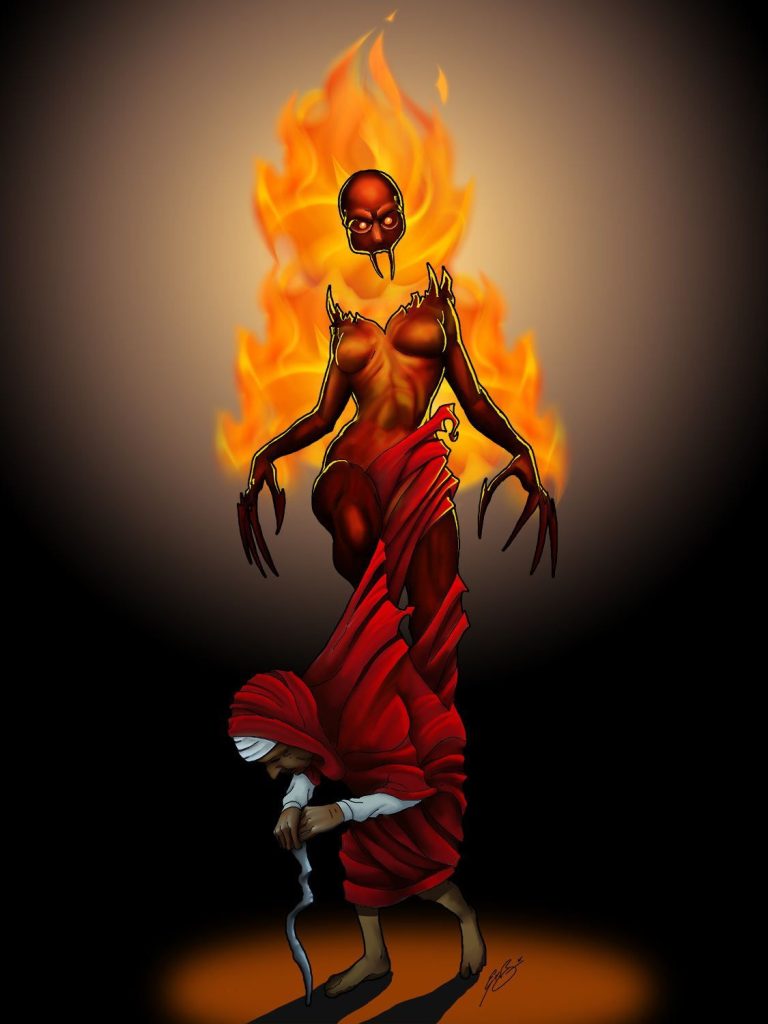
(Art by Gemgfx on DeviantArt)
Visual artists and musicians have also embraced these themes, using folklore to explore the region’s history and to create a distinct Caribbean arts aesthetic. The characters and stories of folklore appear in Trinidadian Calypso music, the Jamaican folk sound of Mento, and other colloquial folk music genres from around the region.
Popular events in the Caribbean often trace their origins to local folklore. Many believe that the pre-dawn, chaotic tradition of J’ouvert, which started in Trinidad & Tobago, may be linked to legends of the soucouyant — a shape-shifting, blood-sucking witch who sheds her skin at night to feed on her victims. According to folklore, the soucouyant must slip back into her skin before dawn, but if someone sprinkles salt on her discarded skin, she becomes trapped, unable to re-enter, which some say explains the revelry, disruption and messiness of J’ouvert’s early hours.
7. Global Celebrations of Caribbean Folklore Month
While Caribbean Folklore Month is mainly celebrated in the islands, the diaspora communities in places like the United States, Canada and the UK also join in. These celebrations often include storytelling festivals, exhibitions and performances, giving people from the Caribbean and beyond a chance to connect with this essential aspect of Caribbean culture.
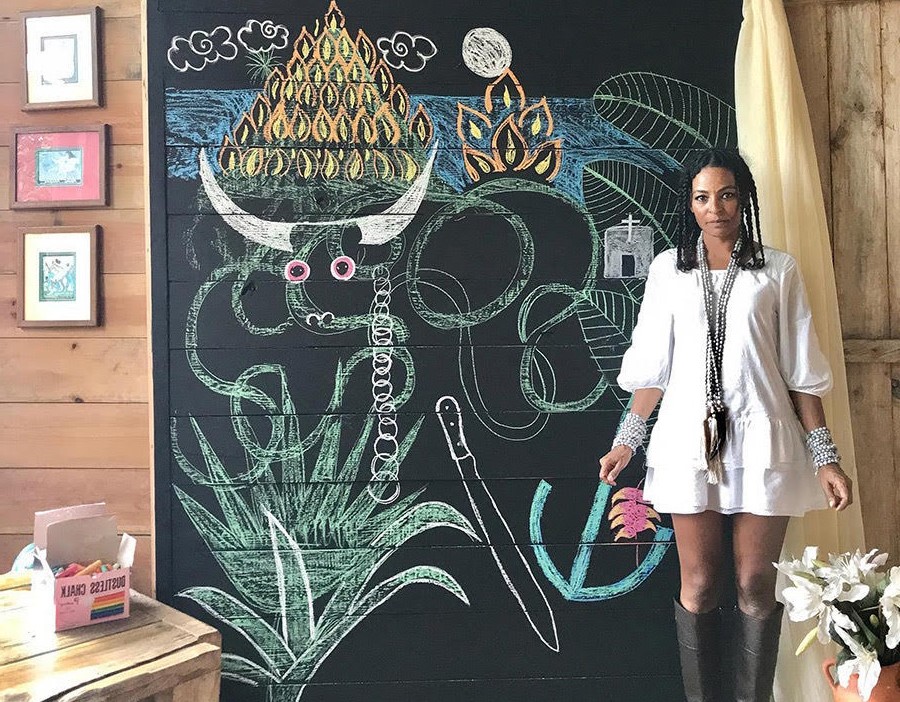
In New York, for example, the Caribbean Cultural Center African Diaspora Institute hosts events throughout October. Similarly, in South Florida, Island SPACE Caribbean Museum has previously organized a “Malloween” and Caribbean folklore event with Story and Myth founder, Kristie Stephenson. This year, the Caribbean Books Foundation is continuing their digital efforts started in years past with “31 Days of Caribbean Folklore,” sharing a new book or author every day throughout October 2024.
8. Key Events and Festivals
To celebrate Caribbean Folklore Month, several festivals and events take place across the islands and beyond. Notable among these are:
Caribeando: Caribbean Folk and Traditional Music and Dance Performance
- October 8, 2024
- 5pm to 6:30pm
- Van Cortlandt House Museum, Bronx, NY
- This interactive performance by Juan Usera and the Sambuco Tribe will showcase traditional Caribbean rhythms like Bomba, Plena, Nengón and Changuí, allowing participants to engage in storytelling, songs, dance and drum patterns as part of the broader Caribbean Folk Songs for Kids of All Ages (CFSKAA) Project.
- October 19, 2024
- 5pm to 10pm
- Pompano Community Park, Pompano Beach, FL
- For those who are local, the 3rd Annual Pompano Beach Caribbean Fest promises a celebration of Caribbean culture with food, music and colorful performances. Headlined by Trinidadian soca sensation Nailah Blackman, the free festival also features DJ sets and live performances, offering a fun-filled day for all ages.
Film and Folklore Festival: October-Fest Caribbean Edition
- October 26–27, 2024
- Caribbean Cinemas, Trincity, Trinidad & Tobago
- Get ready for the first-ever October Fest-Caribbean Edition at the Film and Folklore Festival, with an open call for Caribbean filmmakers to submit their works in folklore, Caribbean living and other genre films.
Island SPACE Caribbean Book Fair: Family Day and General Event
- October 26–27, 2024
- Island SPACE Caribbean Museum, Plantation, Florida
- This inaugural two-day festival celebrates Caribbean literature and culture with a diverse range of activities for all ages. With readings, workshops, panels, activities and lyrical showcases, day 1 appeals to kids and young adults, while day 2 appeals to a general audience.




